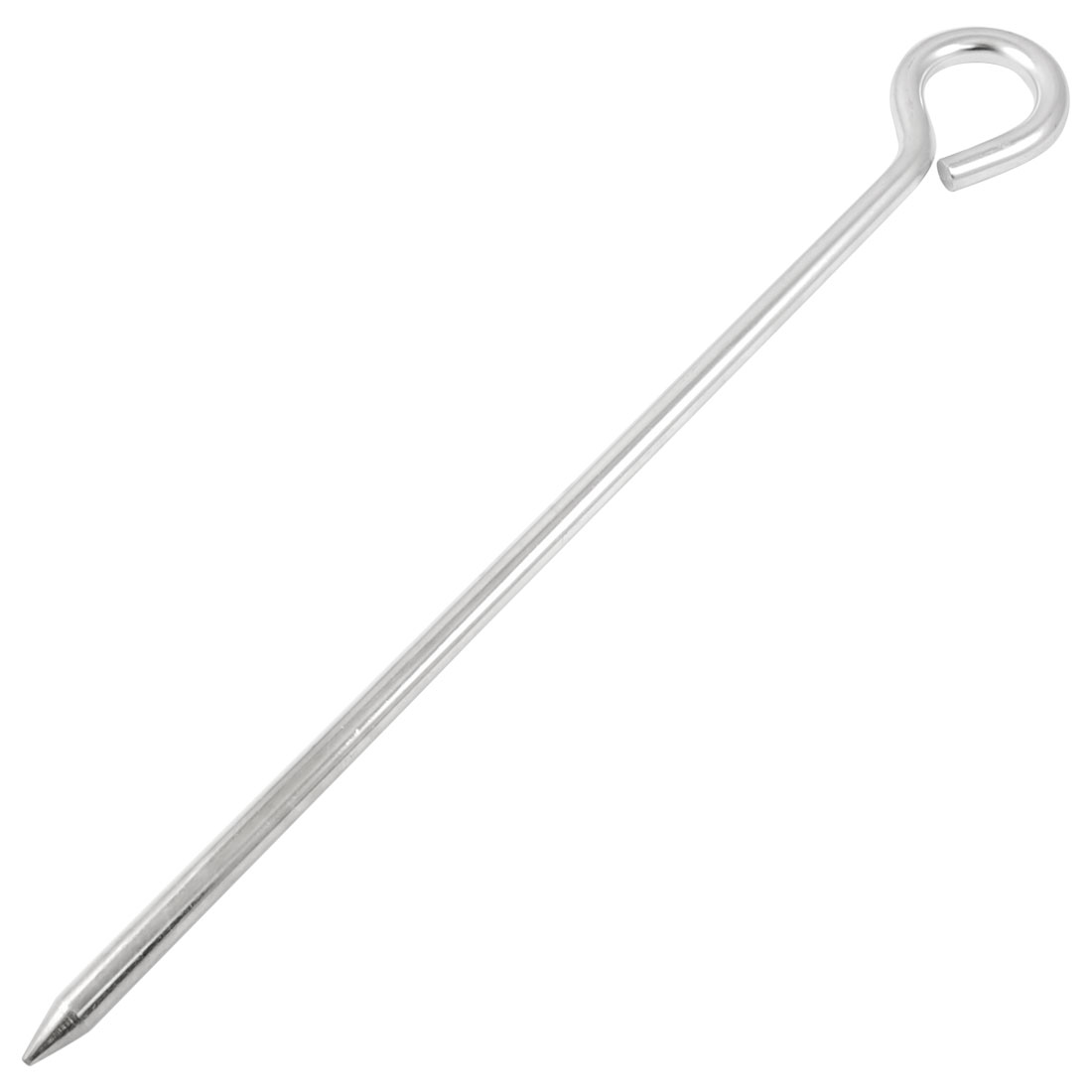
- Mobile Phone
- +8613931874955
- sales@cntcmetal.com
Applications and Benefits of Welded Wire Reinforcement in Concrete Structures
Welded Wire Reinforcement for Concrete Enhancing Structural Integrity
Welded wire reinforcement, commonly referred to as welded wire fabric (WWF), is an essential component in modern concrete construction. This type of reinforcement plays a pivotal role in enhancing the structural integrity and durability of concrete elements, making it a favored choice among engineers and architects. The application of welded wire reinforcement offers numerous benefits, including improved load distribution, crack control, and overall performance of concrete structures.
The Composition and Production of Welded Wire Reinforcement
Welded wire reinforcement consists of a grid-like structure made from longitudinal and transverse steel wires that are welded together at their intersections. These wires are typically manufactured from high-strength steel, which provides the necessary tensile strength to withstand various stresses imposed on concrete structures. The manufacturing process involves cutting, bending, and weaving the steel wire into a specific pattern, followed by electric resistance welding at the points of intersection.
The two most common configurations of welded wire reinforcement are the Sheets and Rolls. Sheets are pre-cut and ready for installation, whereas rolls are flexible and can be easily transported to various job sites. The specifications for welded wire reinforcement are regulated by standards such as ASTM A1064 in the United States, which ensures consistency in quality and performance.
Advantages of Using Welded Wire Reinforcement
1. Improved Load Distribution One of the primary advantages of using welded wire reinforcement is its ability to evenly distribute loads across a concrete slab or member. This attribute minimizes localized stress points, reducing the risk of cracking and failure. By providing a continuous support system that accommodates dynamic loads, welded wire reinforcement enhances the overall strength of the structure.
2. Crack Control Concrete is inherently brittle and susceptible to cracking under various conditions, including thermal expansion, contraction, and applied loads. The use of welded wire reinforcement significantly reduces the likelihood and extent of cracks. By integrating welded wire fabric within the concrete, the tensile strength is improved, allowing the structure to absorb tensile stresses better and maintain its integrity even in the presence of minor cracking.
welded wire reinforcement for concrete

3. Cost-Effectiveness Welded wire reinforcement is often more economical than traditional reinforcement methods, such as reinforcing bars (rebar). The production process is more streamlined, and the material costs can be lower due to less waste and faster installation times. Additionally, the durability and longevity of structures using welded wire reinforcement lead to reduced maintenance costs over time.
4. Versatile Applications Welded wire reinforcement can be used in various applications, including residential, commercial, and industrial projects. It is commonly employed in floor slabs, pavements, walls, and precast concrete products. Its versatility allows it to adapt to different construction needs, making it an invaluable resource in the construction industry.
5. Ease of Installation The lightweight nature of welded wire fabrics makes them easy to handle and install during construction. They can be quickly laid out and positioned, which helps speed up the overall construction process. This efficiency is particularly beneficial on large-scale projects requiring extensive reinforcement.
Proper Installation Practices
For welded wire reinforcement to perform effectively, proper installation practices must be followed. Typically, the fabric should be placed in the mid-depth of the concrete slab to maximize its structural benefits. Adequate support is essential to prevent sagging or dislocation during the pouring of concrete, which can compromise the integrity of the reinforcement. Furthermore, careful consideration should be given to overlapping joints and anchoring methods to ensure a seamless reinforcement system.
Conclusion
Welded wire reinforcement is a critical element that markedly enhances the performance and longevity of concrete structures. Its ability to distribute loads, control cracking, and offer cost-effective solutions makes it an ideal choice for various construction applications. As the construction industry continues to evolve, integrating advanced materials like welded wire reinforcement will undoubtedly play a significant role in achieving structural excellence and sustainability. With the growing demand for durable and resilient infrastructures, welded wire reinforcement remains a cornerstone in the pursuit of quality concrete construction.
share:
-
Your Source for Concrete Wall Ties and Masonry AccessoriesNewsJul.10,2025
-
Unlocking the Power of Iron Wire for Every ProjectNewsJul.10,2025
-
Explore Advanced Chain Wire and Stainless Steel Mesh FencingNewsJul.10,2025
-
Discover the Benefits of Annealed Wire ProductsNewsJul.10,2025
-
Discover China Stainless Steel Wire Mesh SolutionsNewsJul.10,2025
-
Build with Confidence Using High-Performance Masonry AccessoriesNewsJul.10,2025
-
Why Sacrificial Formwork Is Redefining Underground ConstructionNewsJun.06,2025



















